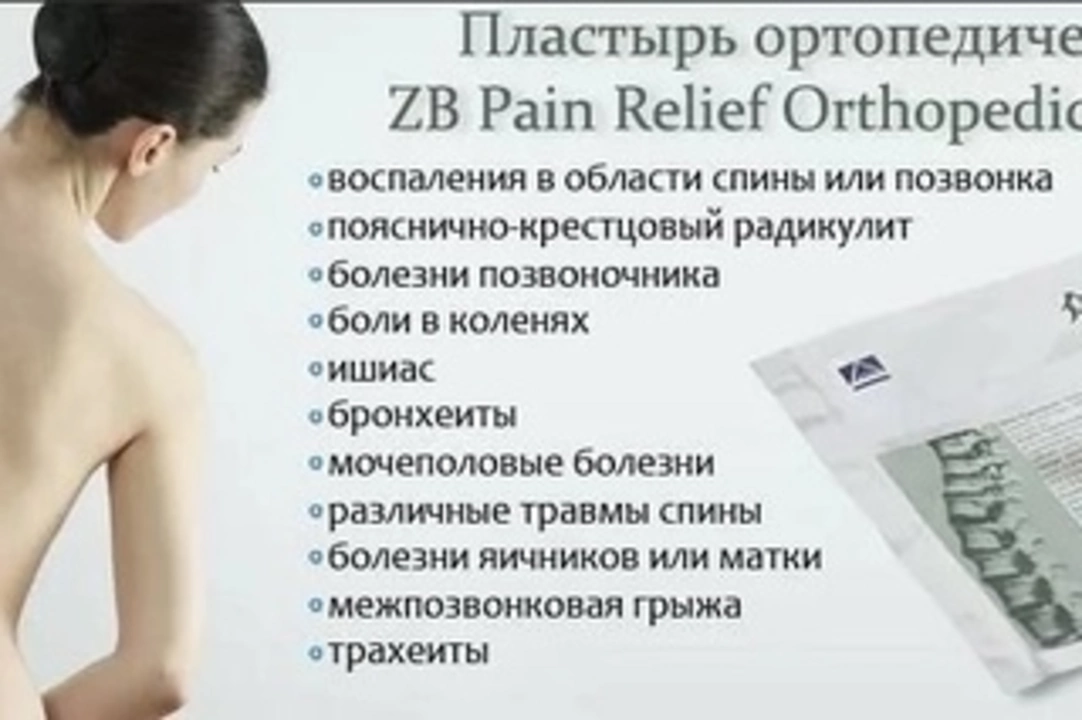Spondylitis: How to Spot It and How to Feel Better
If your lower back or buttocks is stiff in the morning and loosens after you move, that could be spondylitis—an inflammatory spine condition that often starts in young adults. It’s different from plain wear-and-tear back pain because it’s worse at rest and improves with activity. Knowing the signs speeds up diagnosis and treatment.
What causes spondylitis? Your immune system plays a role. Genetics matter too—people with the HLA-B27 gene are more likely to get certain forms, like ankylosing spondylitis. Infections rarely trigger it, but most cases are chronic inflammation that can slowly affect spinal joints and nearby tendons.
What to watch for
Key symptoms are persistent lower back stiffness, pain at the base of the spine or buttocks, and morning stiffness over 30 minutes. You might notice reduced chest expansion or neck pain later on. Fatigue and occasional fevers can show up. If you have eye pain or sudden redness, that can be related and needs quick attention.
Doctors use your history, physical exam, blood tests (like markers of inflammation and HLA-B27), and imaging. X-rays can show long-term changes; MRI spots inflammation earlier. Don’t wait—early treatment often prevents more damage.
Practical steps to feel better now
Start with simple moves: regular walking, gentle stretching, and core-strength exercises help reduce stiffness. Aim for daily movement—short sessions beat long painful rests. Heat packs relax tight muscles; cold packs help flare-ups. Keep a firm mattress and avoid prolonged slouching.
Medications commonly used include NSAIDs for pain and stiffness, and if those don’t control inflammation, doctors may suggest biologics like TNF or IL-17 inhibitors. Physical therapy teaches posture, mobility drills, and safe strength work. Talk through risks and benefits with your provider—each drug affects people differently.
Lifestyle tweaks matter: stop smoking, keep a healthy weight, and build fitness gradually. Smoking speeds spinal damage and reduces drug effectiveness. Moderate exercise also eases fatigue and improves mood—both helpful when dealing with chronic illness.
Practical aids can help at home and work. Use lumbar support, adjust chair height, and break long tasks into short standing or walking breaks. If you drive long distances, pause every hour to stretch. Small changes reduce flare frequency and keep you moving.
When to see help right away: sudden severe back pain, weakness or numbness in the legs, trouble urinating, or high fever—those need immediate medical attention. For regular care, follow-up with a rheumatologist gives you access to advanced treatments and monitoring.
Living with spondylitis can be frustrating, but many people manage it well with the right mix of medicine, movement, and lifestyle changes. If you suspect spondylitis, ask your doctor about tests and a referral to a specialist. Early action often makes a big difference.
Talk to your pharmacist too: they can review your meds for interactions, suggest safe over-the-counter options for pain, and explain shots or infusion schedules if you’re on biologics. Vitamin D and calcium checks are common since bone health matters. Keep a simple log of symptoms and meds—that helps your team spot patterns and adjust treatment faster. You don’t have to handle it alone. Ask for help.

